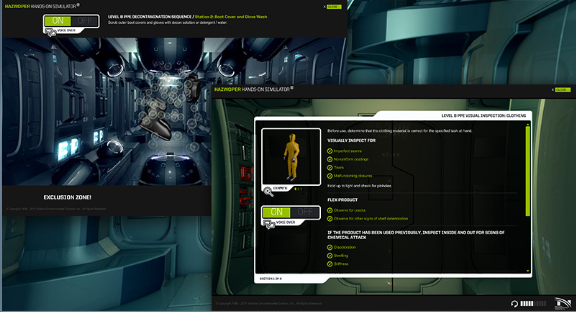HAZMAT Technician 29 CFR 1910.120 (q)
Do You Need to Take the HAZMAT Technician Course?
U.S. OSHA and various OSHA-approved Plan States require Hazardous Materials (HAZMAT) Technician Level recertification training for First Responders. The National Environmental Trainers (NET) HAZMAT Technician training covers all topics required by OSHA and awards you with a certificate of completion for your training.
Our HAZMAT Technician training was developed specifically for fire, rescue, and Emergency Medical Services (EMS) professionals along with general industry and other first responders who may respond to and mitigate incidents involving hazardous materials.
Hazmat Technicians are called upon in response to emergency situations involving hazardous materials. They are more aggressive than first responders at the operations level in that they will approach the point of release to plug, patch, or otherwise stop the release of a hazardous materials substance. They are expected to use specialized chemical protective clothing and specialized control equipment.
Why Choose National Environmental Trainers?
Our HAZMAT Technician certification course utilizes the HAZWOPER Hands-on Simulator®, the only OSHA-accepted HAZWOPER training component. But there’s more than one reason why so many HAZMAT Technicians choose National Environmental Trainers for their certification demands:
- Earn your Hazmat certification online during your own time at your own pace and on any device. You can log on and off as you wish, and all your progress will be saved so you can pick up right where you left off.
- Download your e-certificate immediately upon completion and receive a wallet card in the mail.
- The HAZMAT Technician course counts as continuing education units (CEUs). This course is accepted for 4.01 Industrial Hygiene CM Points by the American Board of Industrial Hygiene (ABIH) and 2.4 Continuance of Certification (COC) points from the Board of Certified Safety Professionals (BCSP).
- Group discounts are available for three or more people.

This course includes the OSHA Accepted HAZWOPER Hands-On-Simulator®
Learn more about the hands on simulator